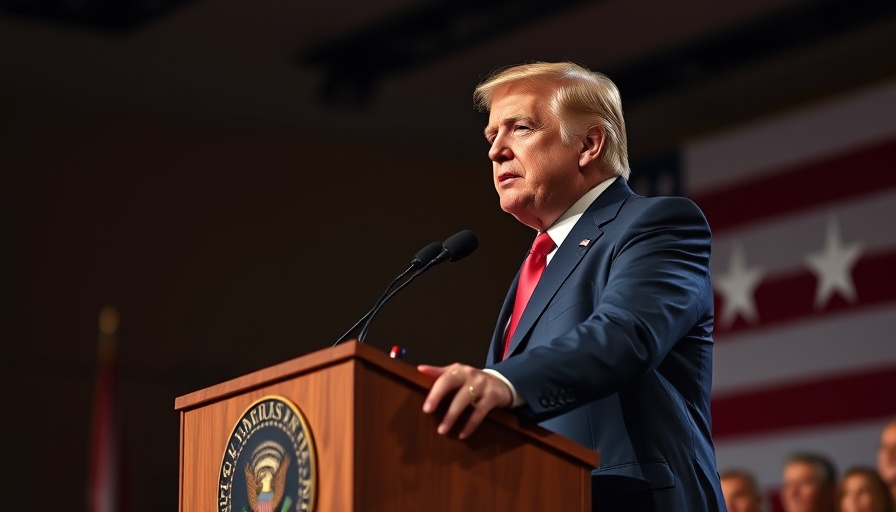
Reviving the Fitness Legacy: A Look into the Presidential Fitness Test
When President Donald Trump announced the revival of the Presidential Fitness Test, reactions were mixed. Many parents, particularly those who experienced the test during their own youth, voiced serious concerns regarding its impact on children's mental health and self-esteem. This debate stirs emotions and reflections—what does it mean to reintroduce a program many remember as a source of pressure and anxiety?
Understanding the Backlash: Childhood Experiences Matter
The original Presidential Fitness Test, which ran from 1966 until its phase-out in 2013, included challenging physical benchmarks designed to promote fitness among American youth. However, for many, these requirements became synonymous with embarrassment and bullying. Mike from Salem, New Hampshire, was among those who shared his painful experiences on social media, stating that the program was 'traumatic and bullying.' As these voices rise, it's worth examining how the program's revival may affect today’s children, who are already facing a myriad of pressures in a vastly different world.
Shifting Focus: A Modern Approach to Physical Education
Experts like Judy LoBianco challenge the utility of the test, advocating for physical education’s evolution away from competitive assessment toward fostering enjoyment and skills for life. Today's children might benefit from programs that encourage involvement over strict benchmarks, promoting physical activity as a source of joy rather than stress. Understanding that every child is different, the old metrics can inadvertently isolate those who struggle to meet them. Is it time to abandon rigid testing for a more inclusive approach?
The Role of Health Equity: Funding and Resource Allocation
The practical implementation of Trump’s revamped fitness program also raises questions about equity in education. As the administration claims this initiative is to combat rising childhood obesity, parents are concerned whether schools—especially those in lower-income areas—will receive adequate resources and support tools to help their students succeed. The call for physical fitness needs to be matched with actions that ensure equitable access across all schools. Will there be resources for improved nutrition, physical education equipment, and additional training for educators?
Conclusion: Balancing Fitness with Mental Well-Being
As we navigate discussions surrounding the Presidential Fitness Test, it’s crucial that parents, educators, and policymakers come together to ensure that health initiatives promote well-being holistically. This isn’t just about fitness; it’s about creating an environment where children can thrive both physically and mentally. By emphasizing encouragement rather than competition, we may find a healthier path forward—one that prioritizes joy in movement over the stress of benchmarks.
 Add Row
Add Row  Add
Add 




Write A Comment